Lithium Iron Phosphate (LiFePO4 or LFP) has emerged as one of the most promising cathode materials for lithium-ion batteries, particularly in applications where safety, longevity, and environmental sustainability are critical. Unlike traditional lithium cobalt oxide (LiCoO2) or nickel-based cathodes, LiFePO4 offers a unique combination of thermal stability, cost-effectiveness, and eco-friendliness.
This in-depth blog post explores the key characteristics of LiFePO4 cathode material, including its crystal structure, electrochemical performance, advantages over other cathode materials, and real-world applications. Whether you're a battery engineer, an electric vehicle (EV) enthusiast, or a renewable energy professional, understanding LiFePO4’s properties will help you appreciate why it’s becoming the preferred choice for many industries.
1. The Crystal Structure of LiFePO4
1.1 Olivine Structure: The Foundation of Stability
LiFePO4 belongs to the olivine mineral family, characterized by a three-dimensional framework of FePO4 layers with lithium ions occupying interstitial sites.
Key structural features:
- Strong P-O covalent bonds: Enhance thermal and chemical stability.
- One-dimensional lithium diffusion channels: Allow Li⁺ ions to move efficiently during charge/discharge.
- Minimal volume change (~6–7%): Prevents structural degradation over cycles.
1.2 Why the Olivine Structure Matters
- High thermal resistance (up to 270°C before decomposition).
- No oxygen release (unlike layered oxides like NMC or LiCoO2).
- Resistance to metal dissolution, improving cycle life.
2. Electrochemical Properties of LiFePO4
2.1 Voltage Profile and Energy Density
- Nominal voltage: 3.2V (vs. Li⁺/Li).
- Theoretical capacity: 170 mAh/g (practical capacity: ~150–160 mAh/g).
- Lower energy density (~150 Wh/kg) compared to NMC (~200–250 Wh/kg) but compensated by superior safety and lifespan.
2.2 Charge/Discharge Mechanism
- Two-phase reaction: Transition between LiFePO4 (charged) and FePO4 (discharged).
- Flat voltage plateau: Ensures stable power output.
- Low polarization: Reduces energy loss during cycling.
2.3 Rate Capability and Power Performance
- Moderate intrinsic conductivity: Pure LiFePO4 has poor electronic conductivity (~10⁻⁹ S/cm).
- Solution: Carbon coating and nanoparticle engineering improve electron transport.
- High-power variants: Used in EVs and power tools (e.g., A123 Systems’ nanophosphate technology).
3. Advantages of LiFePO4 Over Other Cathode Materials
3.1 Safety: The Biggest Advantage
| Cathode Material | Thermal Runaway Risk | Oxygen Release? |
|---|---|---|
| LiFePO4 | Very Low | No |
| NMC (LiNiMnCoO₂) | Moderate | Yes (at high temps) |
| LiCoO₂ | High | Yes (above 150°C) |
- No exothermic reactions under normal conditions.
- Non-flammable electrolyte compatibility.
3.2 Long Cycle Life
- 2,000–5,000 cycles (vs. 500–1,500 for NMC/LiCoO₂).
- Minimal capacity fade due to stable structure.
3.3 Environmental and Cost Benefits
- No cobalt or nickel: Eliminates ethical mining concerns.
- Lower raw material costs (iron and phosphate are abundant).
- Easier recycling (less toxic than cobalt-based cathodes).
4. Challenges and Solutions in LiFePO4 Cathode Development
4.1 Low Electronic Conductivity
- Problem: Poor electron transfer slows charging.
-
Solutions:
- Carbon coating (graphene, acetylene black).
- Doping with conductive metals (e.g., Ti, Nb).
4.2 Tap Density and Energy Density Limitations
- Problem: Lower volumetric energy density than NMC.
-
Solutions:
- Optimized particle size distribution.
- Composite cathodes (e.g., LiFePO4 + conductive polymers).
4.3 Low-Temperature Performance
- Problem: Reduced Li⁺ mobility below 0°C.
-
Solutions:
- Electrolyte additives (e.g., LiBOB).
- Heating systems in EV batteries.
5. Manufacturing and Processing of LiFePO4 Cathodes
5.1 Synthesis Methods
-
Solid-State Reaction
- Mix Li₂CO3, FeC₂O₄, and (NH₄)₂HPO₄, then heat at 600–800°C.
- Pros: Simple, scalable.
- Cons: Requires high purity precursors.
-
Hydrothermal/Solvothermal Synthesis
- Produces nanoparticles with high crystallinity.
- Used by companies like BYD for high-performance cathodes.
-
Spray Pyrolysis
- Yields spherical particles for better electrode packing.
5.2 Electrode Fabrication
- Slurry preparation: LiFePO4 + carbon + binder (PVDF).
- Coating and calendaring: Ensures uniform thickness.
- Drying and pressing: Optimizes electrode density.
6. Real-World Applications of LiFePO4 Cathodes
6.1 Electric Vehicles (EVs)
- Tesla Model 3 (LFP version): Lower cost, longer lifespan.
- BYD Blade Battery: Ultra-safe LFP packs for EVs.
6.2 Energy Storage Systems (ESS)
- Tesla Powerwall 2: Uses LFP for home solar storage.
- Grid-scale storage: Preferred for fire safety.
6.3 Consumer Electronics
- Power tools (e.g., DeWalt LFP batteries).
- E-bikes and scooters.
7. Future Innovations in LiFePO4 Cathodes
7.1 Silicon-LiFePO4 Composites
- Higher energy density by combining with silicon anodes.
7.2 Solid-State LiFePO4 Batteries
- Safer, longer-lasting with solid electrolytes.
7.3 AI-Optimized Cathode Designs
- Machine learning for particle morphology optimization.
Conclusion
Lithium Iron Phosphate (LiFePO4) cathode material stands out due to its unmatched safety, long cycle life, and environmental sustainability. While it has lower energy density than NMC or NCA, ongoing advancements in nanotechnology, doping, and manufacturing are closing the gap.
From EVs to grid storage, LiFePO4 is proving to be a reliable and future-proof cathode choice. As battery technology evolves, we can expect even higher-performance LFP variants, further solidifying its role in the clean energy transition.
Key Takeaways
✔ Olivine structure = thermal stability + long life.
✔ Carbon coating solves conductivity issues.
✔ Safer than cobalt/nickel cathodes.
✔ Dominating EVs and energy storage markets.
Would you like a deeper dive into specific LFP manufacturers or emerging cathode technologies? Let us know in the comments!

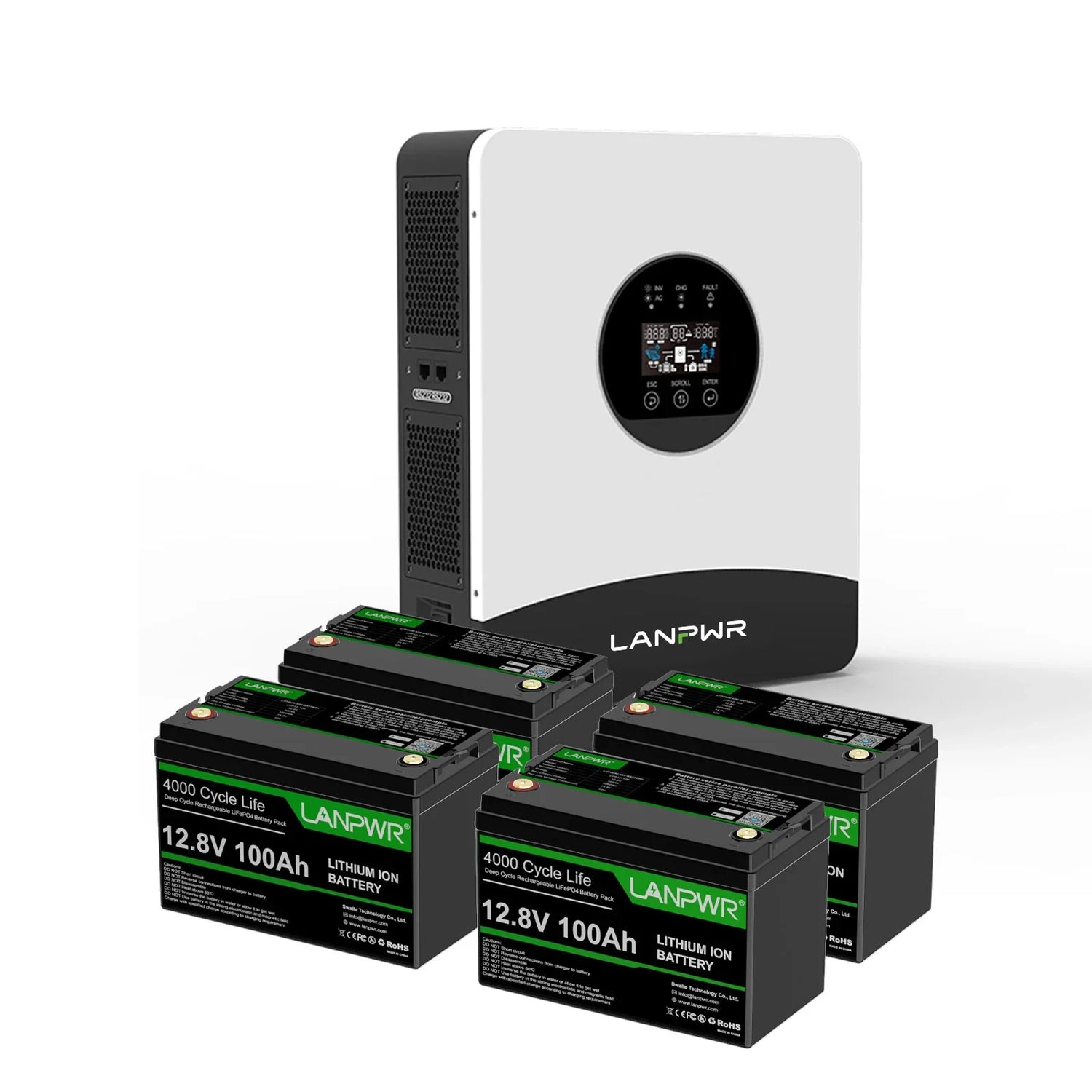
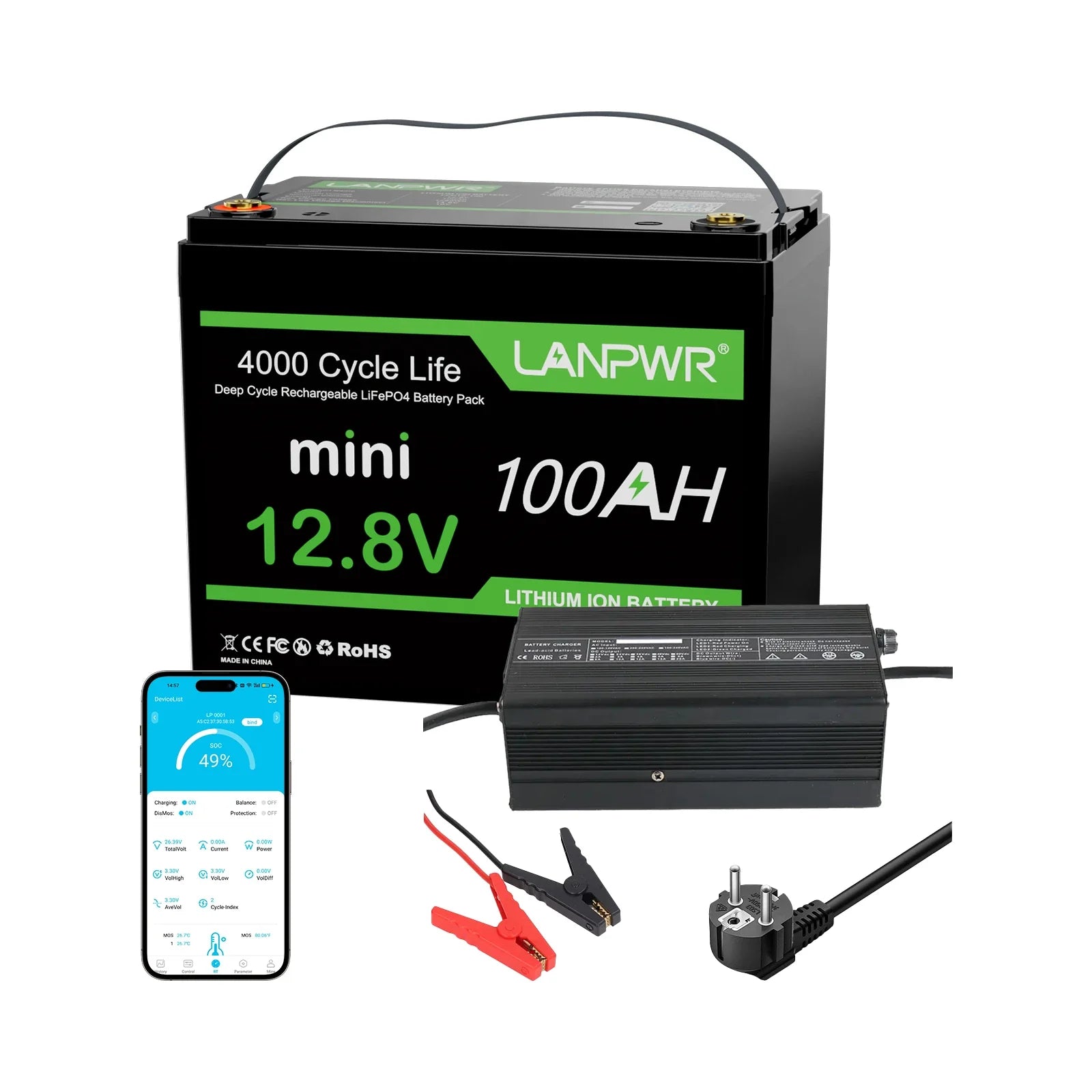
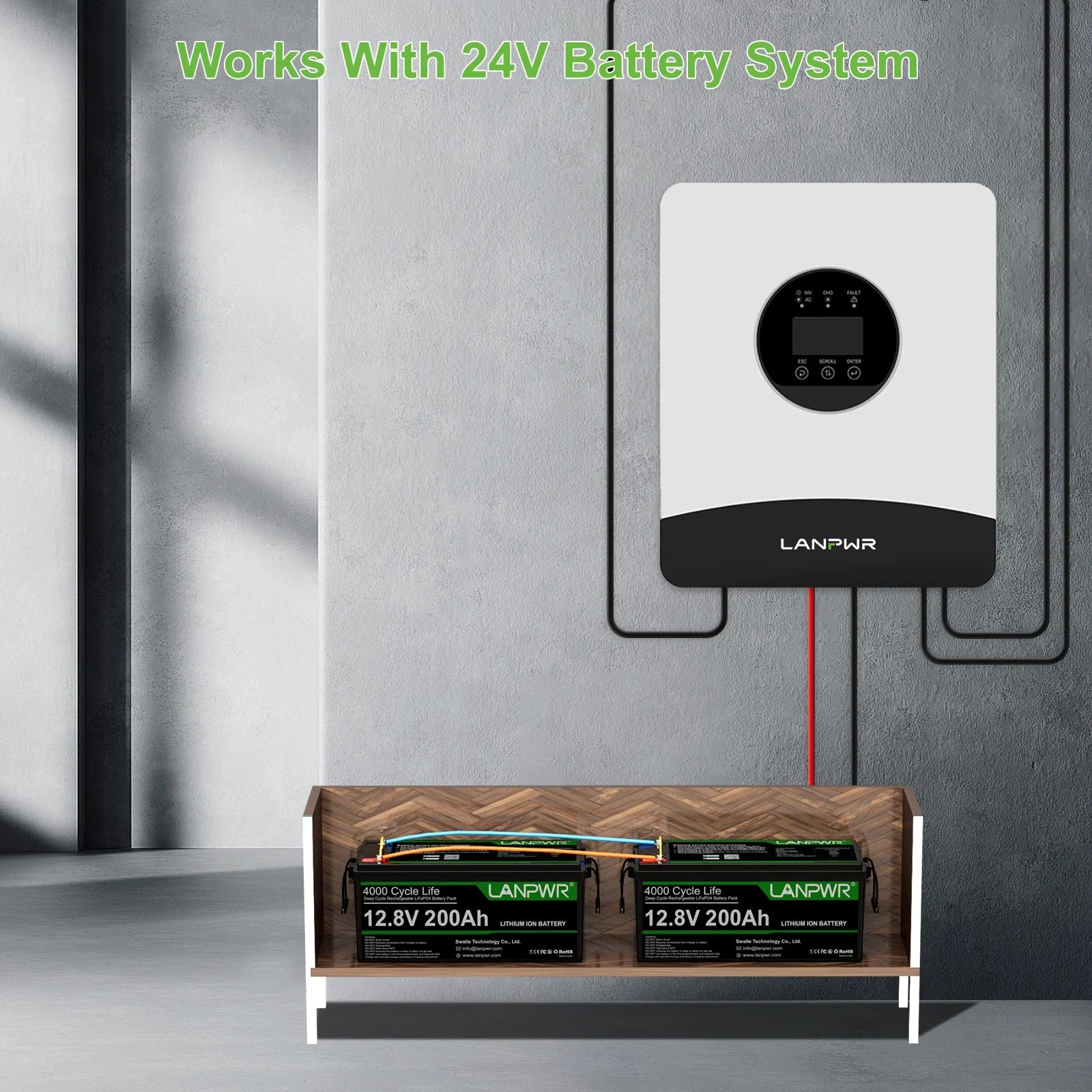
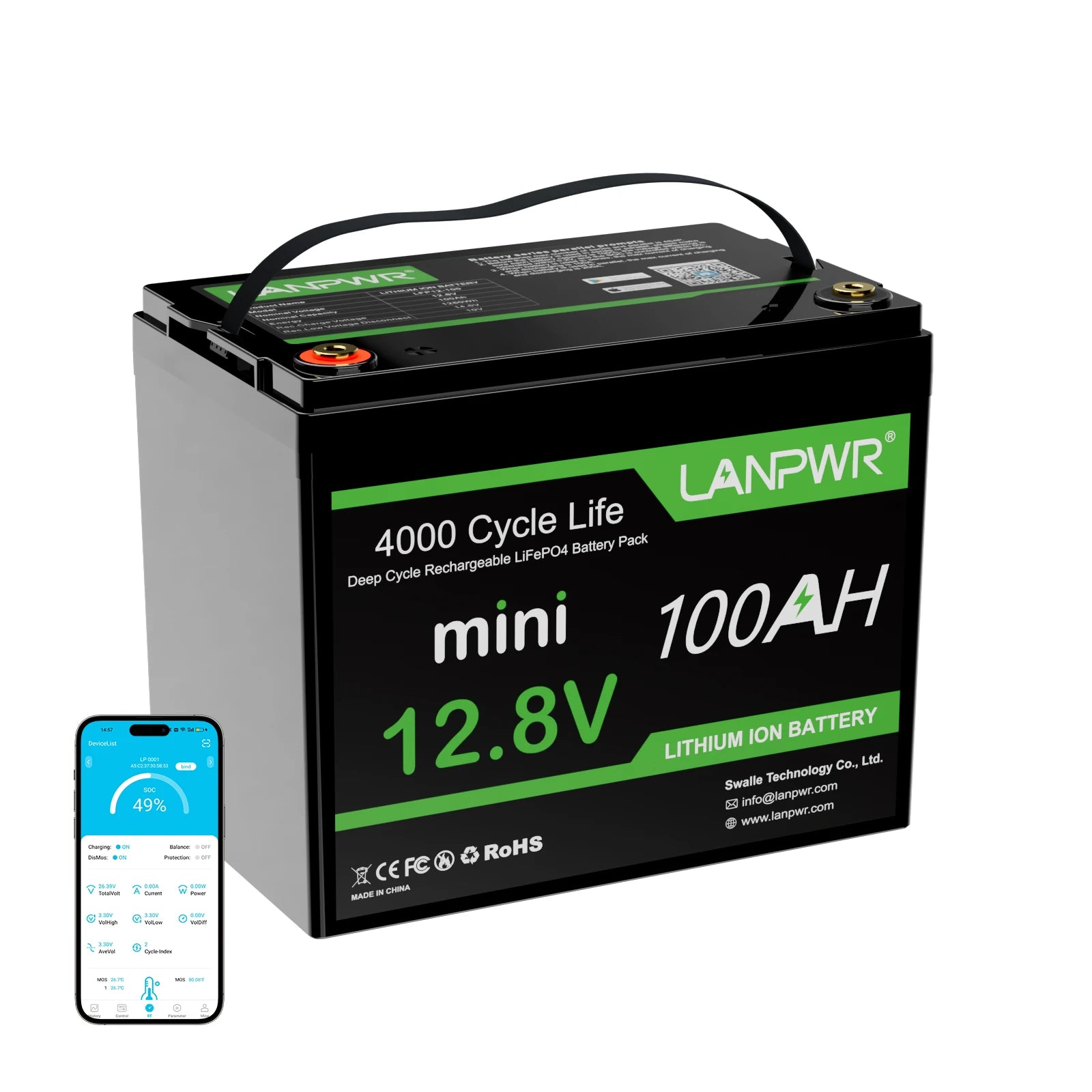

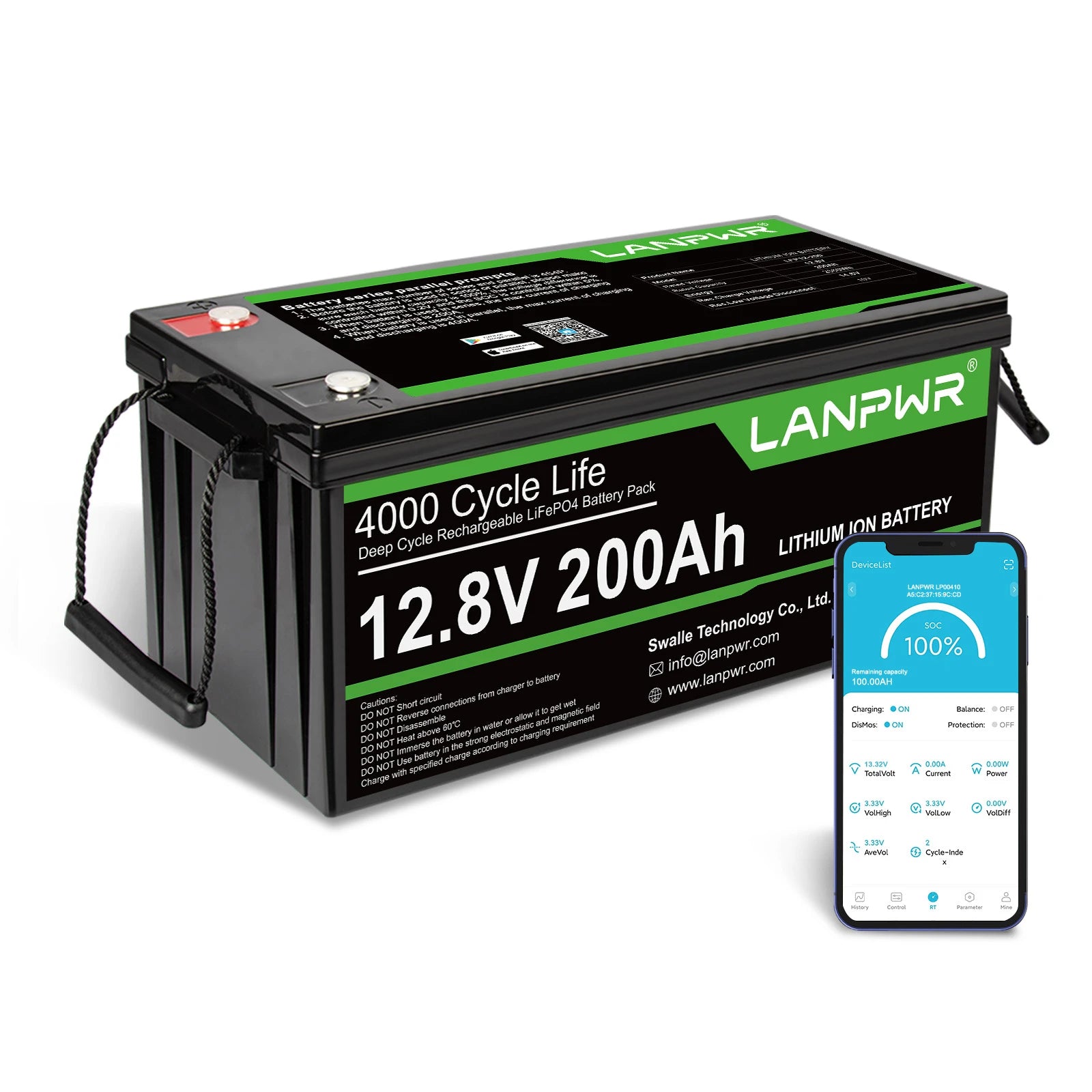
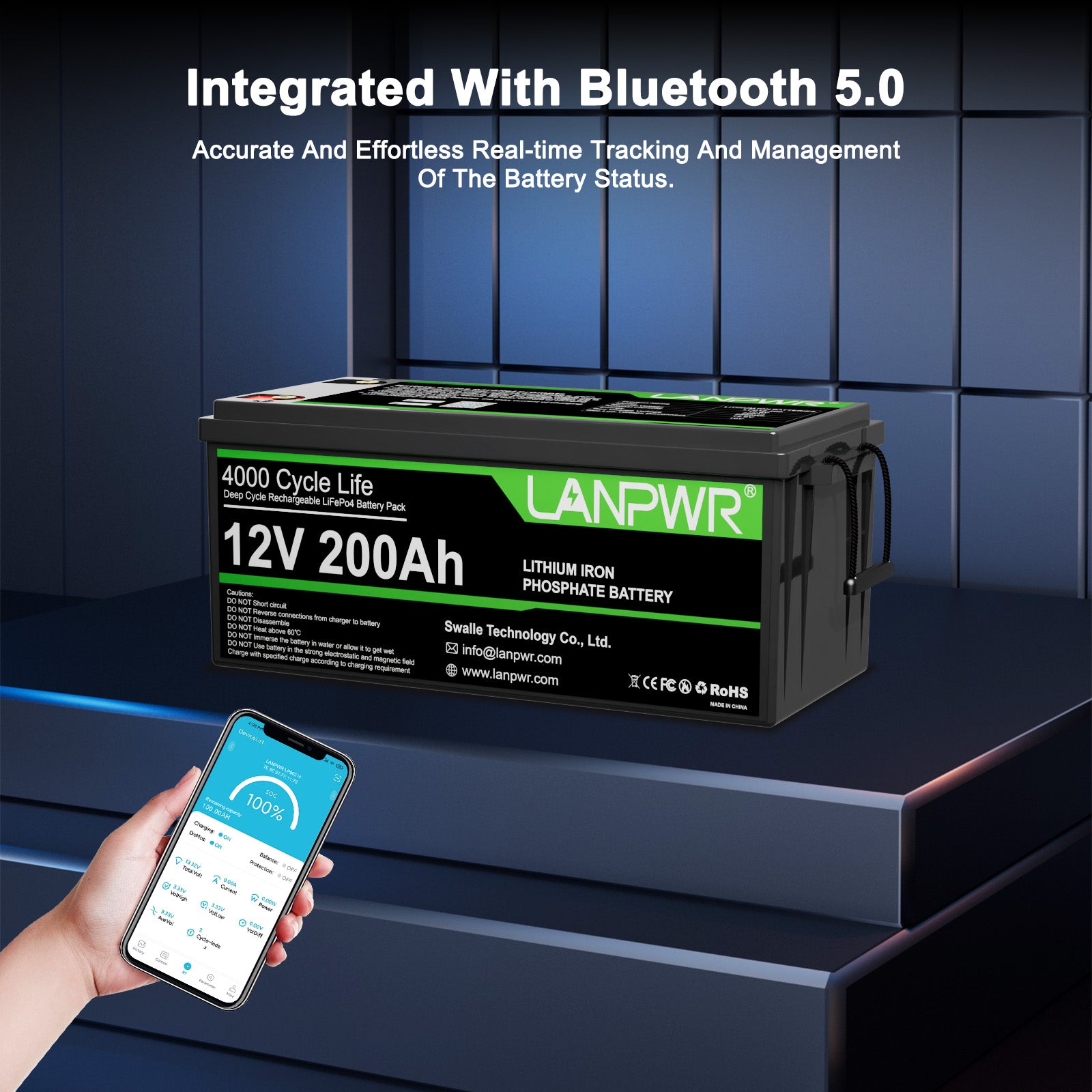
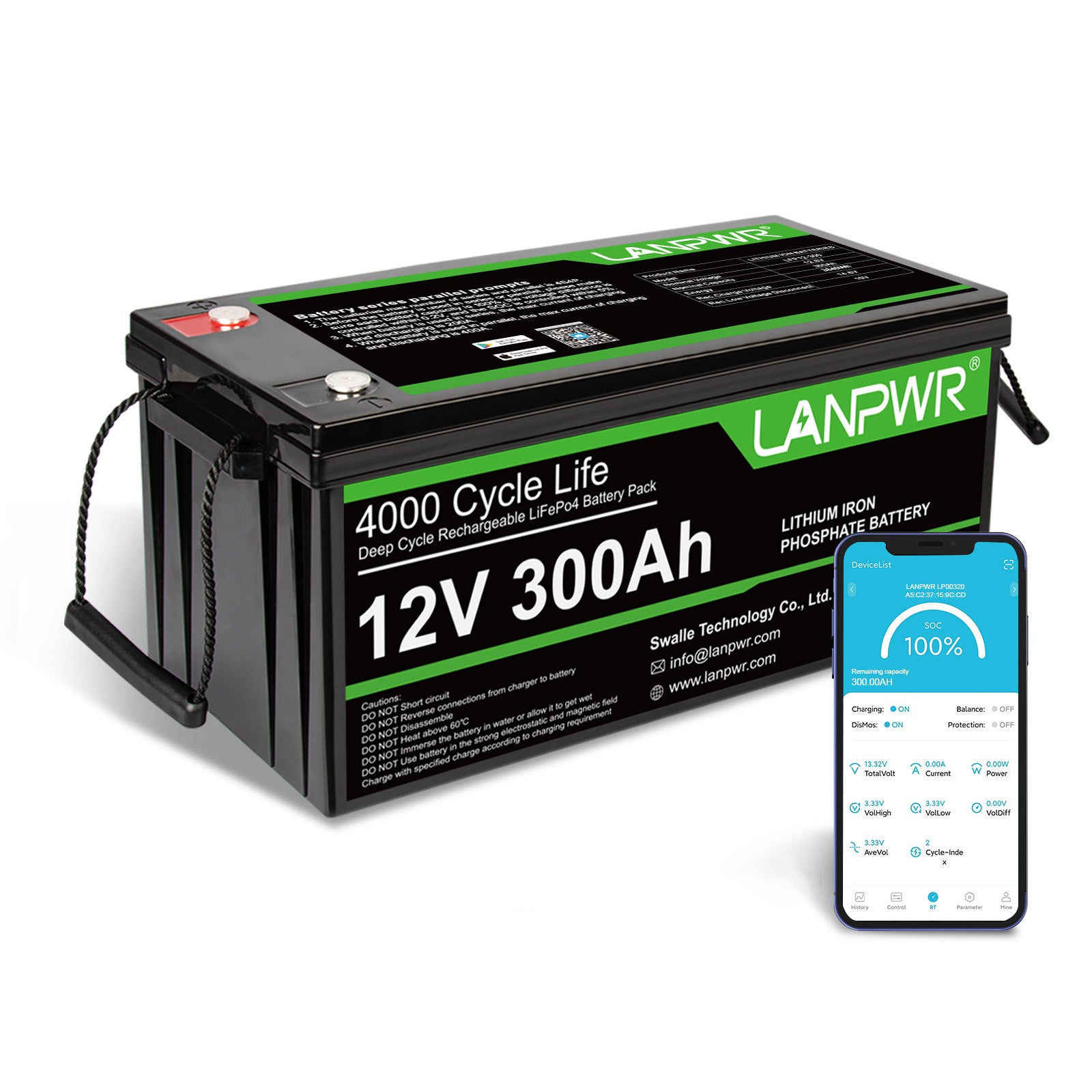
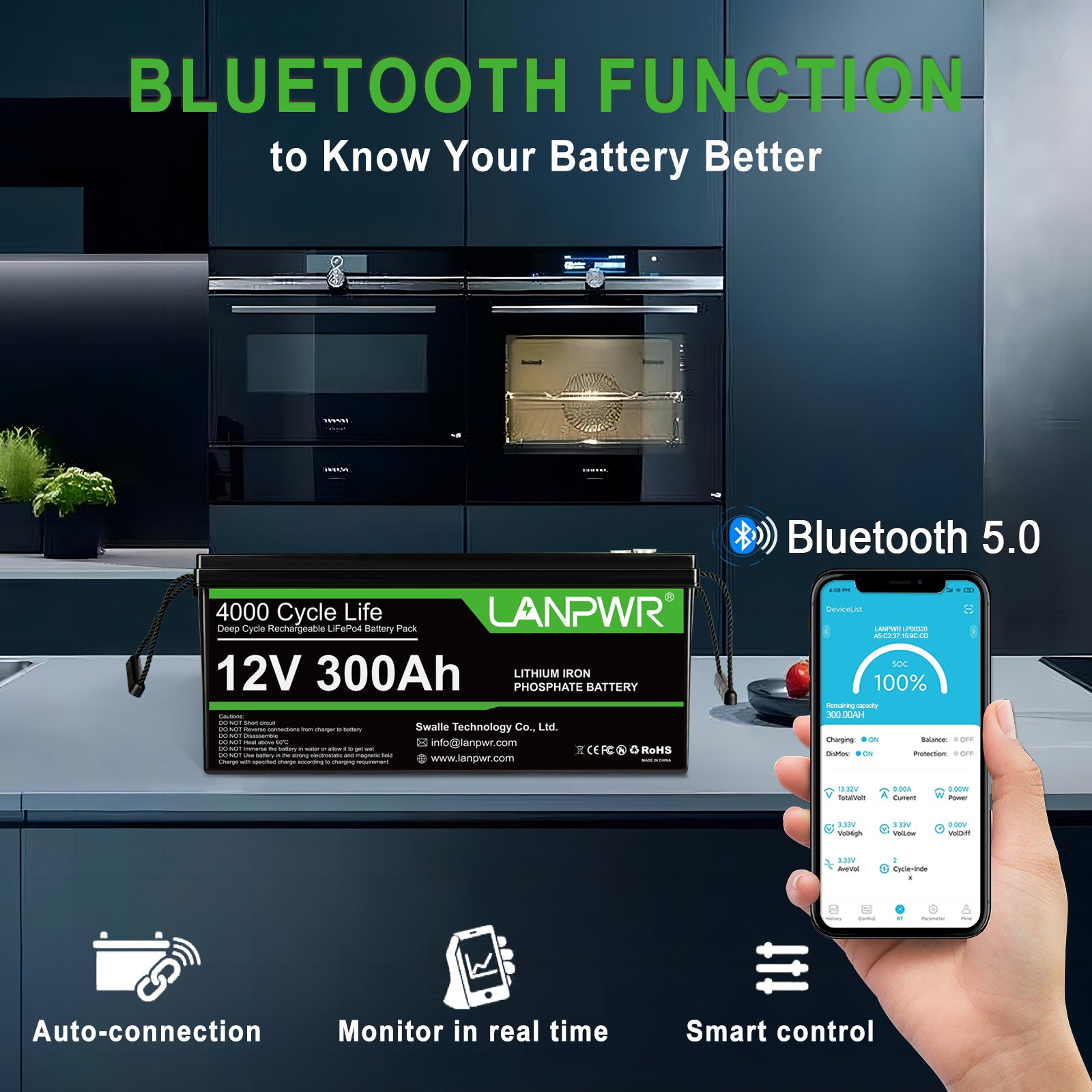
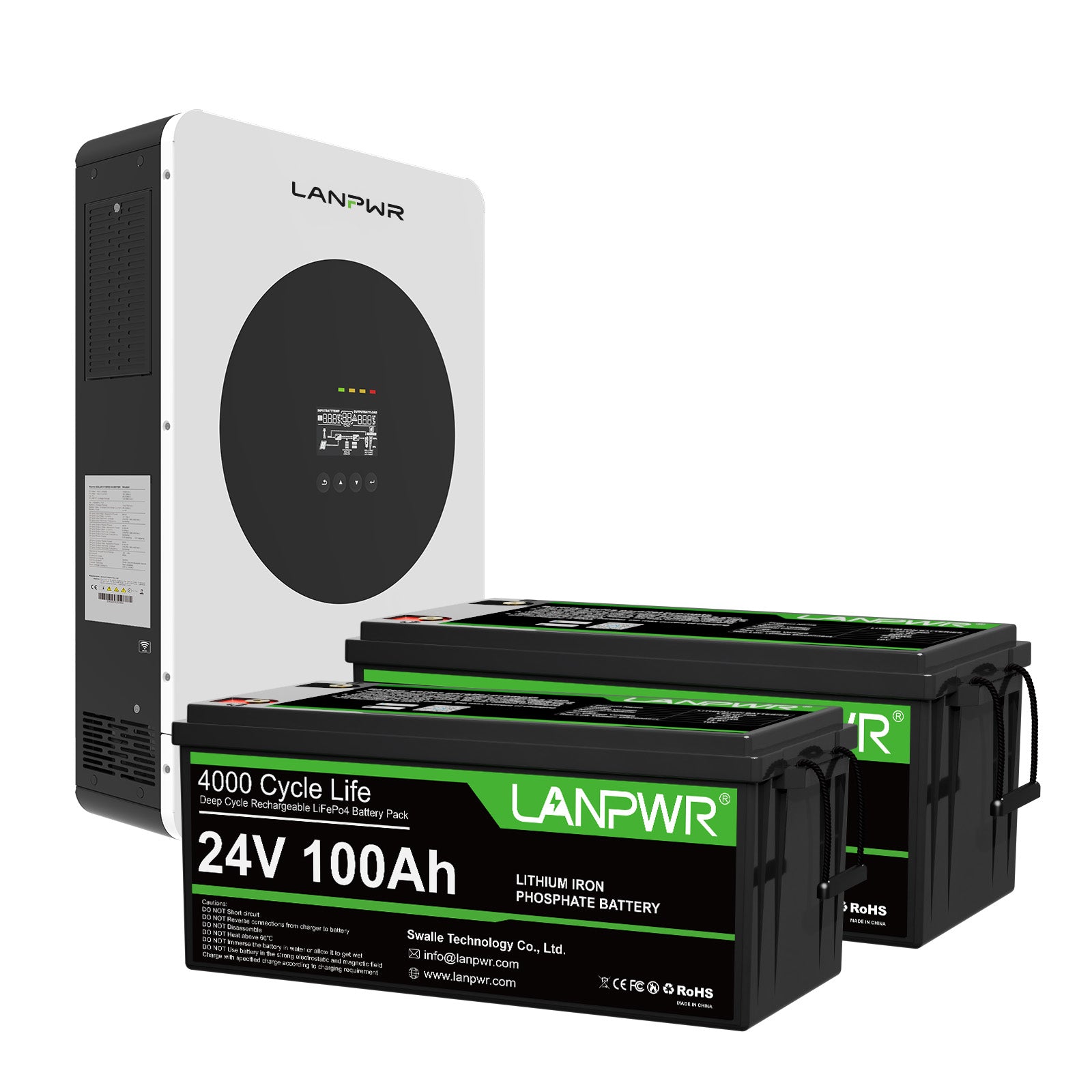
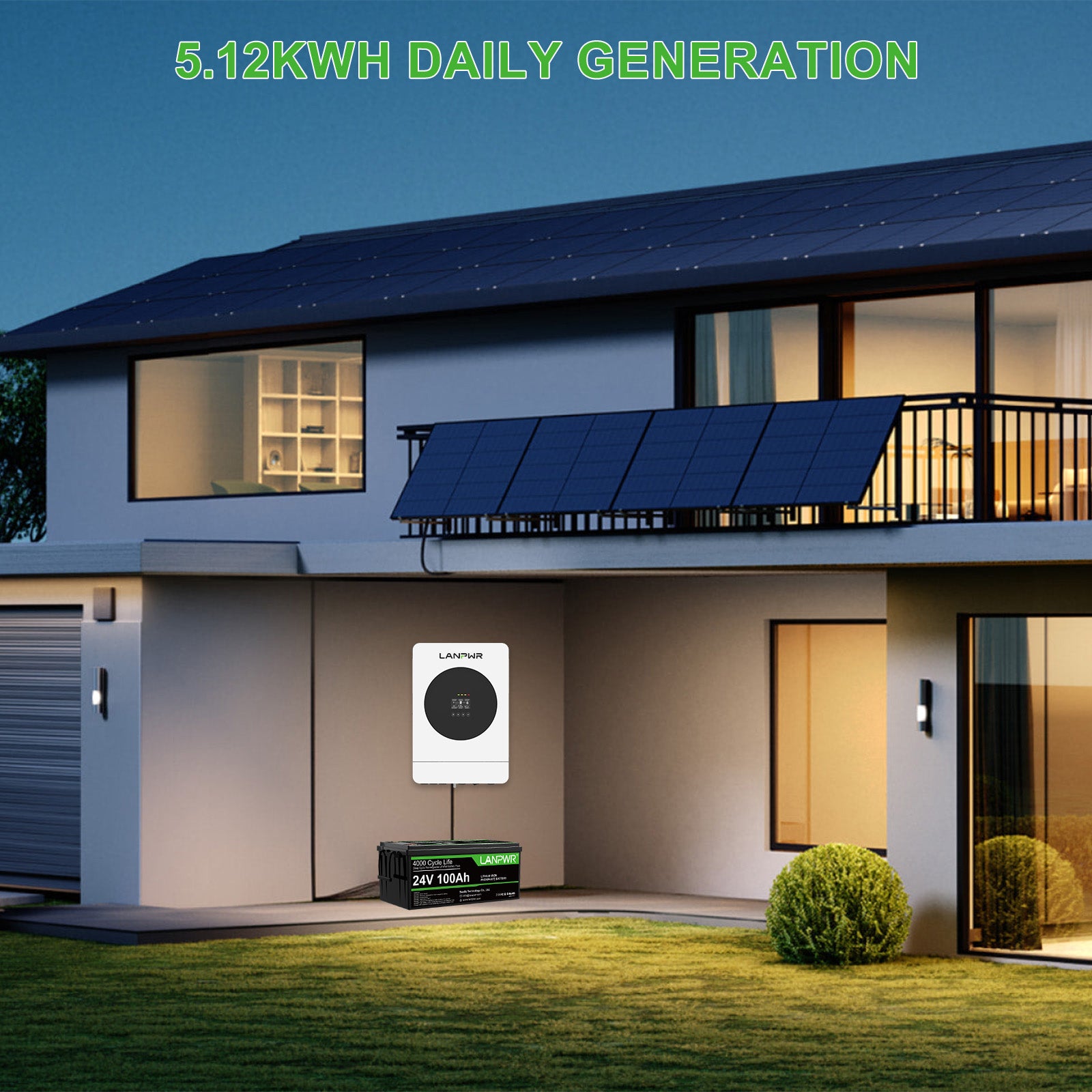

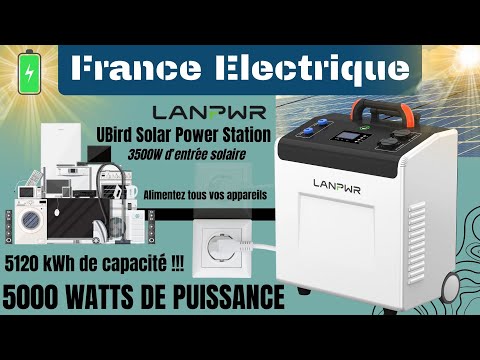
Leave a comment
This site is protected by hCaptcha and the hCaptcha Privacy Policy and Terms of Service apply.